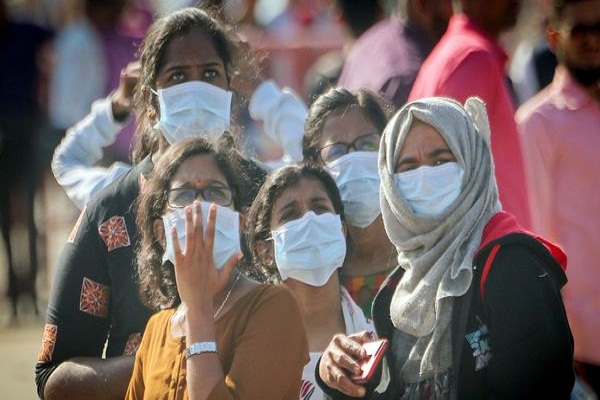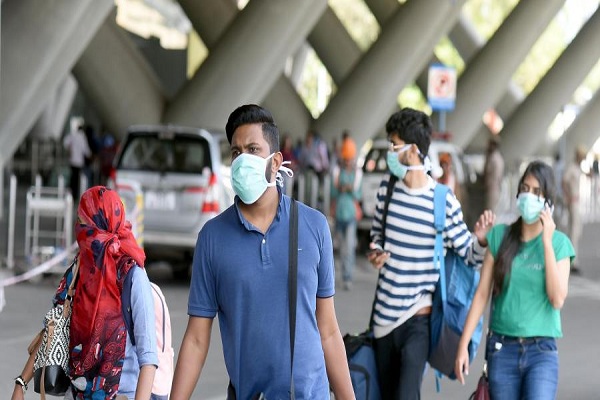
While the primary cause of Chronic Obstructive Pulmonary Disorder (COPD) is exposure to tobacco smoke worldwide, in developing countries such as India, other risk factors such as indoor air pollution are considered to be one of the major risk factors. Indoor air pollution mainly consists of biomass fuel, wood burning, and stove smoke, etc., used for cooking. In developing countries such as India biomass fuel accounts for up to 75% of the domestic energy supply. Exposure to indoor air pollution can also affect the unborn child and present a risk factor for developing COPD later in life.
It is estimated that 50% of all households worldwide and 90% of all rural households continue to use biomass fuel as their main domestic source of energy.

According to estimates, 2 billion kg biomass are burned every day worldwide in open fires and inefficient stoves in poorly ventilated rooms, making biomass smoke one of the most important sources of indoor air pollution globally. Moreover, biomass burning also contributes significantly to outdoor air pollution, thereby exposing many nonusers to biomass smoke components.
The World Health Organization has ranked indoor air pollution as the 10th most important preventable risk factor causing burden of disease, whereas in developing countries, it is the 4thmost important preventable risk factor.
In developing countries, girls start cooking at the age 15 years and spend an average of 4 to 6 hours daily in the kitchen, which is usually an enclosed space with poor ventilation. Therefore, during their lifetime, women are exposed to biomass smoke for 30 to 40 years, which is equivalent to 60,000 hours of exposure or inhaling a total volume of 25 million L of polluted indoor air. Adults chronically exposed to biomass fuel smoke show the presence of multiple dark anthracotic pigmentations in the large airway mucosa, mainly due to deposition of carbon particles, iron, lead, cadmium, silica, phenol, hydrocarbon complexes, and other inorganic and organic substances. Many of these substances have strong oxidant properties that incite chronic inflammatory and destructive changes in the airways and alveoli. Earlier and longer time of exposure tends to increase the risk for development of COPD.

Key Highlights
• 50% of all households worldwide and 90% of all rural households continue to use biomass fuel
• 2 billion kg biomass are burned every day worldwide
• The World Health Organization has ranked indoor air pollution as the 10th most important preventable risk factor causing burden of disease, whereas in developing countries, it is the 4th most important preventable risk factor
• Adults chronically exposed to biomass fuel smoke show the presence of multiple dark anthracotic pigmentations in the large airway mucosa
• Half a million people die every year due to COPD in India
• Death rates due to COPD are expected to surge by over 160% in the next two decades.
Half a million people die every year due to COPD in India, which is over four times the number of people who die due to COPD in the USA and Europe. COPD-related events including the prevalence, mortality and number of emergency hospital admissions have swiftly increased among women over the past two decades. It has been estimated that by the year 2030, COPD will become the third major cause of death. The more disturbing fact that needs to be addressed is that the death rates due to COPD are expected to surge by over 160% in the next two decades.
In India, still large population, especially women are getting exposed to indoor pollution which causes COPD and other respiratory problems. India has a very high burden of chronic respiratory diseases. The increasing contribution of these diseases to the overall disease burden and the high rate of health loss highlights the need for focussed policy interventions.
(Disclaimer: The writer is Dr Sudhir Prasad, Senior Consultant – Pulmonology – Aware Gleneagles Global Hospital. Views expressed are a personal opinion.)
Be a part of Elets Collaborative Initiatives. Join Us for Upcoming Events and explore business opportunities. Like us on Facebook , connect with us on LinkedIn and follow us on Twitter , Instagram.












